'Forbidden for Jews'
From the collection of the South Holland Resistance Museum, Gouda
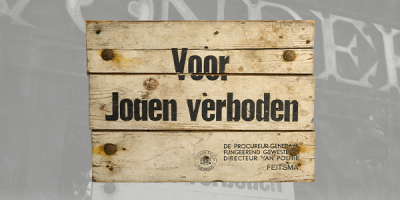
h 19 cm x w 40 cm
1941
Less than two months after the German invasion, Jewish employees of the Dutch Air Raid Defence Service were dismissed. It was the first in a long line of anti-Jewish measures. Jews were gradually isolated from the rest of the population in the Netherlands.
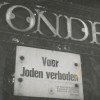
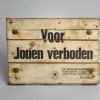
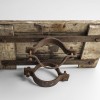
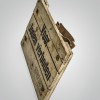
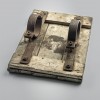
The German occupier went about this very systematically. Jews had to register and their identity cards were stamped with a J. Jewish business owners were required to report and assigned a Verwalter, an Aryan supervisor who took over running their business. Measures to restrict freedom of movement followed in 1941: Jews were banned from public places such as parks, swimming pools, sports facilities and museums. Jewish children were forced to attend Jewish schools and even needed permission to travel. More and more signboards appeared on the street with the text Voor Joden verboden (Forbidden for Jews). Such as this board: equipped with metal brackets on the back to easily attach it to a lamppost. Starting in May 1942 Jews were required to wear a yellow star. The deportations from the Netherlands began two months later under the guise of ‘employment’: instead Jews were sent to extermination camps where they were killed.





